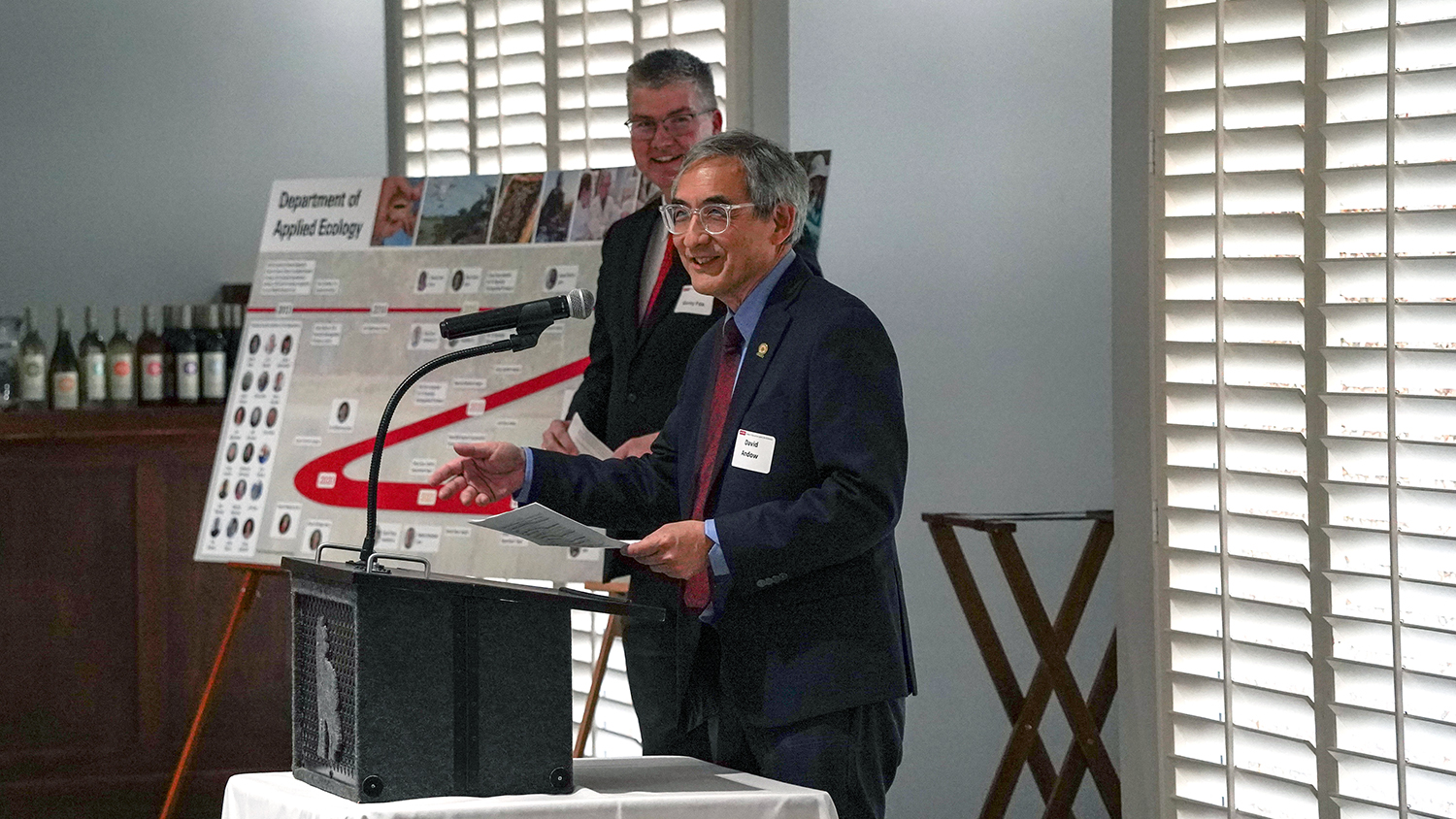Economic Perspective: Competing Economic Plans

MARY WALDEN:
“Today’s program looks at competing fiscal plans. Mike, both major presidential candidates, Secretary Clinton and Mr. Trump, recently unveiled their economic plans for the nation. Please share their main elements.”
MIKE WALDEN:
“First, there are actually some similarities. I’d say two major similarities. They both want to increase infrastructure spending. Spending on roads, bridges, ports, airports et cetera in the nation. Secretary Clinton has talked about an infrastructure plan of maybe 300 billion dollars. Mr. Trump hasn’t specified, but said it would be very large.”
“They’re also coming closer together on international trade. Mr. Trump has talked a lot about negotiating trade deals. Secretary Clinton said she wants to look at foreign countries, and if they are violating, in the opinion of her administration, foreign trade agreements she would impose some fines. So there’s some similarities there.”
“But there are big, big differences in their approach to taxes, and really in their approach to increasing economic growth. Mr. Trump takes a traditional supply-side view. He says that the way to stimulate the economy is to reduce taxes across the board, reduce tax rates, as well as to take a look at regulations, and reduce those regulations that in his opinion would be stifling business expansion. So he argues that if he does that, that’ll cause businesses to produce more and hire more.”
“Secretary Clinton takes more of what I would call a demand-side approach. She follows the argument that the problem right now in our country with economic growth is that those at the middle and lower income levels simply have fallen behind. They’re not spending as much. Their spending really drives the economy so she wants to increase taxes on upper-income people. Those making a million dollars or more a year, use that money to help the lower and middle classes in terms of increased educational spending, credits for child care, expansion of Social Security, and she also wants to raise the minimum wage.”
“We really have two different approaches here to economic growth from two major candidates based on a different analysis of what is wrong with the economy.”
- Categories:

